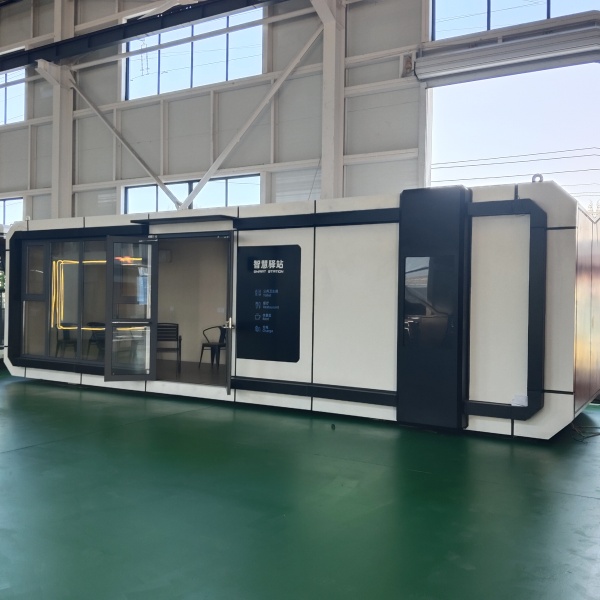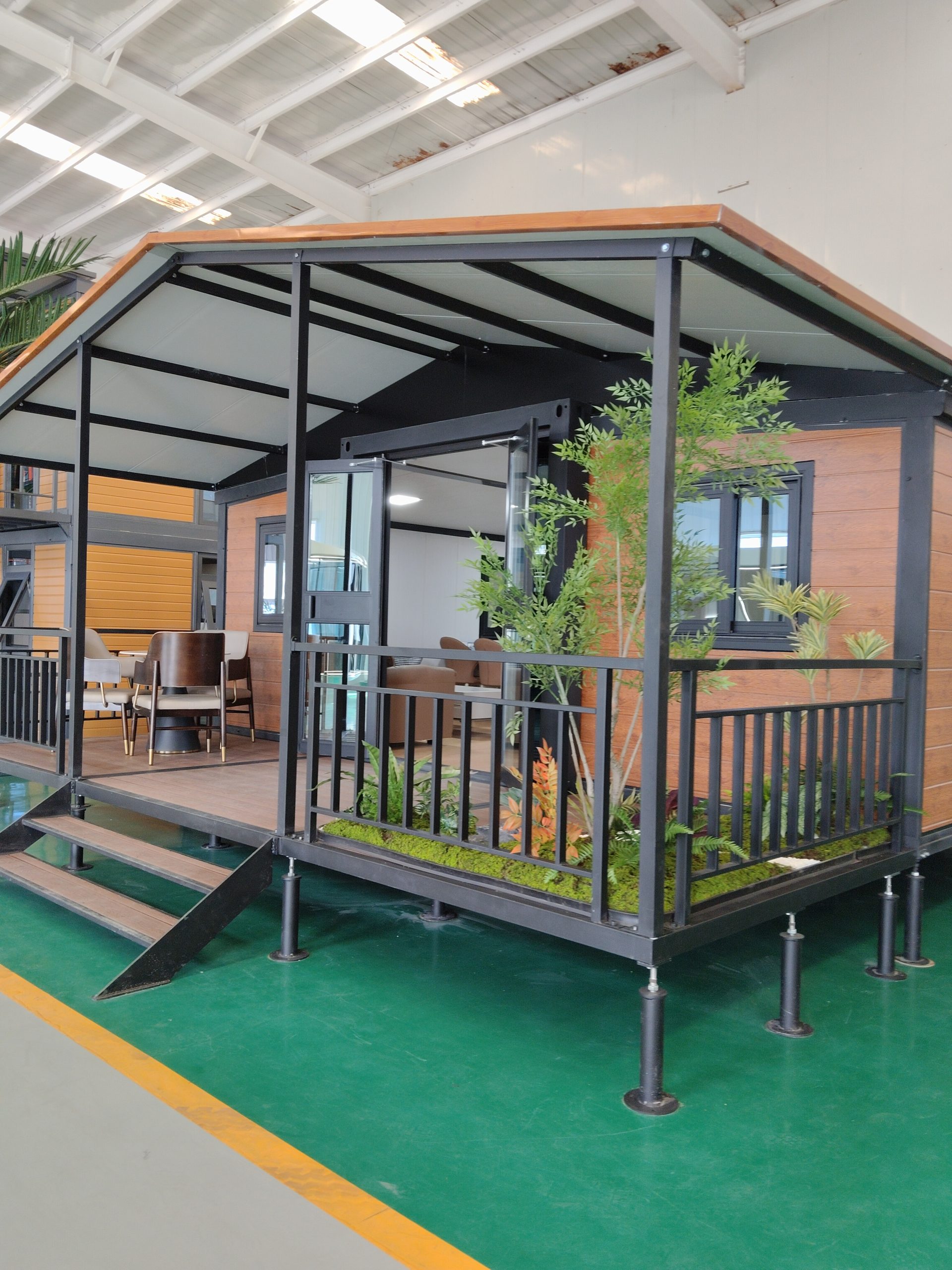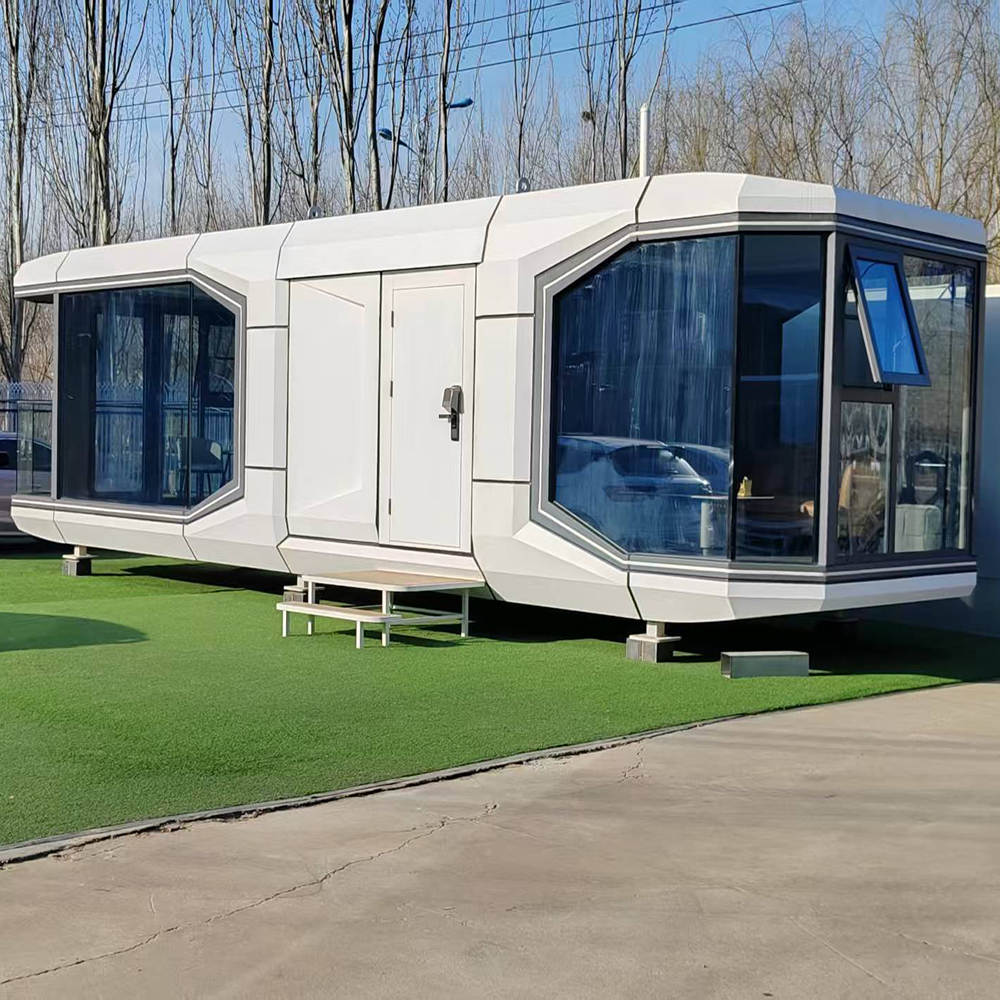-
E-mail
sales@jujiuhouse.com -
Telephone
+86-17854044442
- Chinese
- French
- German
- Portuguese
- Spanish
- Russian
- Japanese
- Korean
- Arabic
- Irish
- Greek
- Turkish
- Italian
- Danish
- Romanian
- Indonesian
- Czech
- Afrikaans
- Swedish
- Polish
- Basque
- Catalan
- Esperanto
- Hindi
- Lao
- Albanian
- Amharic
- Armenian
- Azerbaijani
- Belarusian
- Bengali
- Bosnian
- Bulgarian
- Cebuano
- Chichewa
- Corsican
- Croatian
- Dutch
- Estonian
- Filipino
- Finnish
- Frisian
- Galician
- Georgian
- Gujarati
- Haitian
- Hausa
- Hawaiian
- Hebrew
- Hmong
- Hungarian
- Icelandic
- Igbo
- Javanese
- Kannada
- Kazakh
- Khmer
- Kurdish
- Kyrgyz
- Latin
- Latvian
- Lithuanian
- Luxembou..
- Macedonian
- Malagasy
- Malay
- Malayalam
- Maltese
- Maori
- Marathi
- Mongolian
- Burmese
- Nepali
- Norwegian
- Pashto
- Persian
- Punjabi
- Serbian
- Sesotho
- Sinhala
- Slovak
- Slovenian
- Somali
- Samoan
- Scots Gaelic
- Shona
- Sindhi
- Sundanese
- Swahili
- Tajik
- Tamil
- Telugu
- Thai
- Ukrainian
- Urdu
- Uzbek
- Vietnamese
- Welsh
- Xhosa
- Yiddish
- Yoruba
- Zulu
- Kinyarwanda
- Tatar
- Oriya
- Turkmen
- Uyghur

modular prefab prefabricated shipping container house home
Exploring Modular Prefab Homes: The Rise of Shipping Container Houses
In recent years, the use of modular prefab homes has expanded, with the unique twist of transforming shipping containers into living spaces. While intriguing, there’s often a misconception that these homes are simple or low-quality. This couldn't be further from the truth. My own journey into this field revealed the complexities and potentials hidden within these structures.
The Appeal of Shipping Container Homes
Shipping container homes offer a fascinating blend of affordability, sustainability, and modern design. They are part of the broader trend of prefabricated housing, where units are constructed off-site and assembled in place. I first encountered a container home some years back and was immediately struck by the possibilities. The idea of repurposing existing materials into something functional and stylish was captivating.
The appeal doesn’t just stop at aesthetics. The structural integrity of these containers offers a resilient, durable solution for various climates and terrains. For instance, clients in coastal areas often cite their weather resistance as a major selling point. But don't be misled; the design flexibility is equally noteworthy. I've seen homes where containers are stacked, arranged in L-shapes, or even cantilevered for dramatic effect.
However, it's essential to navigate carefully through local building regulations, which can vary significantly. Early in my career, a project was delayed simply because of misinterpretations of local codes. It's a lesson in due diligence — always check twice.
Insight into the Construction Process
Working with containers demands a different mindset compared to traditional construction. The process often begins with detailed planning — everything from structural assessments to design blueprints. A colleague once took me through their whole procedure, highlighting how every cut, weld, and installation decision had to be pre-planned for efficiency.
Another layer of complexity is infrastructure. Unlike typical homes, integrating services like plumbing and electrical systems requires meticulous planning. A fellow practitioner showed me their solution, a raised flooring system that discreetly housed all necessary utilities. It's these innovative approaches that really define successful container projects.
SHANDONG JUJIU INTEGRATED HOUSING CO, LTD, for example, excels in providing these tailored solutions. With their expertise, found at jujiuhouse.com, they offer both custom and pre-designed models that exemplify the beauty of modular prefab solutions.
Design and Customization Challenges
The customization potential is vast but comes with its own set of challenges. It’s not just about fitting windows and doors — insulation, soundproofing, and weatherproofing need special attention. I recall a project where despite having an impeccable design, it fell short due to insufficient insulation. A hard lesson in the importance of considering every climatic element.
The choice of materials plays a crucial role — from eco-friendly paints to reclaimed wood finishes. Observing a friend's project, I noted that the careful selection of these elements can significantly enhance the living experience within these shipping container structures.
Moreover, incorporating sustainable energy solutions is a growing trend. Solar panels, rainwater collection systems, and green roofs not only reduce environmental impact but also add to the long-term viability of these homes.
Real-World Applications and Case Studies
Among the most enlightening episodes was visiting a community initiative built entirely out of containers. It wasn’t just individual homes — it was a whole neighborhood utilizing space creatively. There’s also a practical simplicity to transporting and assembling these homes that serves charitable housing efforts remarkably well.
For instance, SHANDONG JUJIU's projects often emphasize both aesthetic appeal and functionality, merging modern designs with swift assembly techniques. Their projects have become a benchmark in integrating economy and design.
Failures do happen, though. I remember a prototype that didn’t fare well under specific weather conditions due to inadequate testing phases — a reminder of the importance of careful product development and research.
Future Directions in Prefab Housing
Looking forward, the landscape of prefabricated container homes is evolving rapidly. Advances in materials, technology, and design mean that we’re just scratching the surface. The role of companies like SHANDONG JUJIU is pivotal here, as they blend innovation with tried-and-tested methods to push boundaries.
The future will likely see even more integration of smart home technologies, eco-friendly construction methods, and personalized customizations. A shift towards urban densification might also witness smaller, highly efficient container units becoming increasingly popular in city settings.
Ultimately, the journey in modular prefab housing is one of constant learning and adaptation. As someone who’s entrenched in this field, the excitement never dulls. Every project brings new challenges, but also immense possibilities for redefining modern living spaces.
Related products
Related products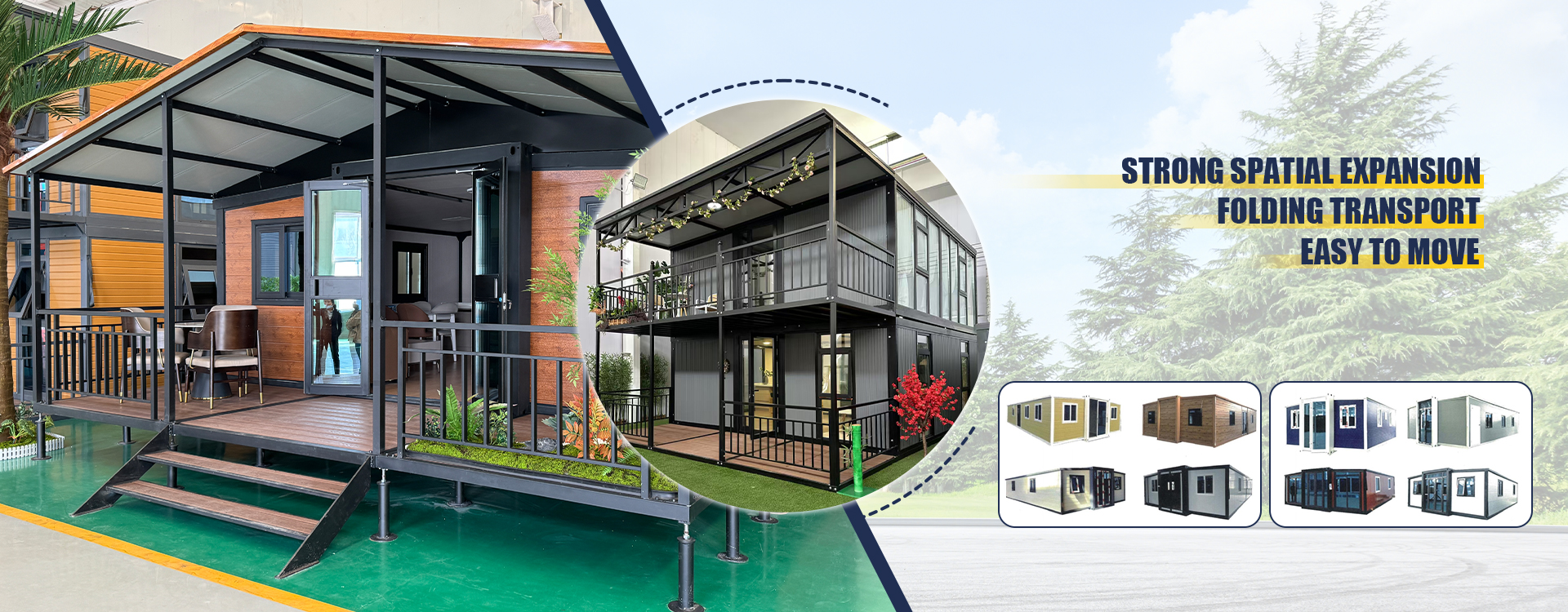
Best selling products
Best selling products-
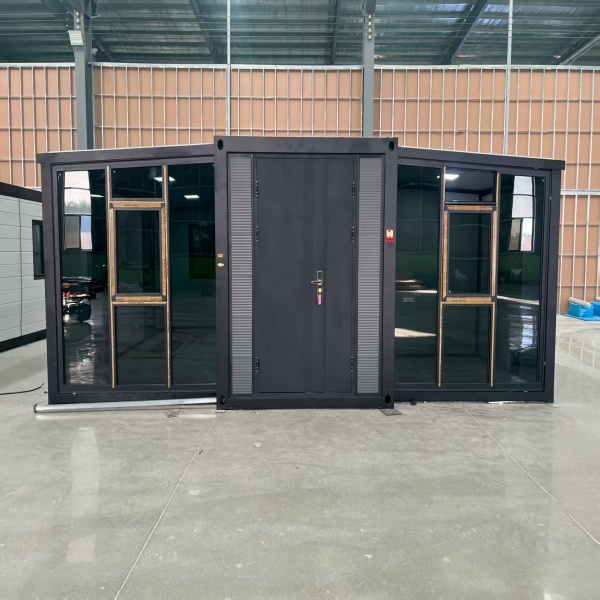 Customizable Office Mobile Home with Flat Roof and Double Wing Expansion Box, Convenient Container
Customizable Office Mobile Home with Flat Roof and Double Wing Expansion Box, Convenient Container -
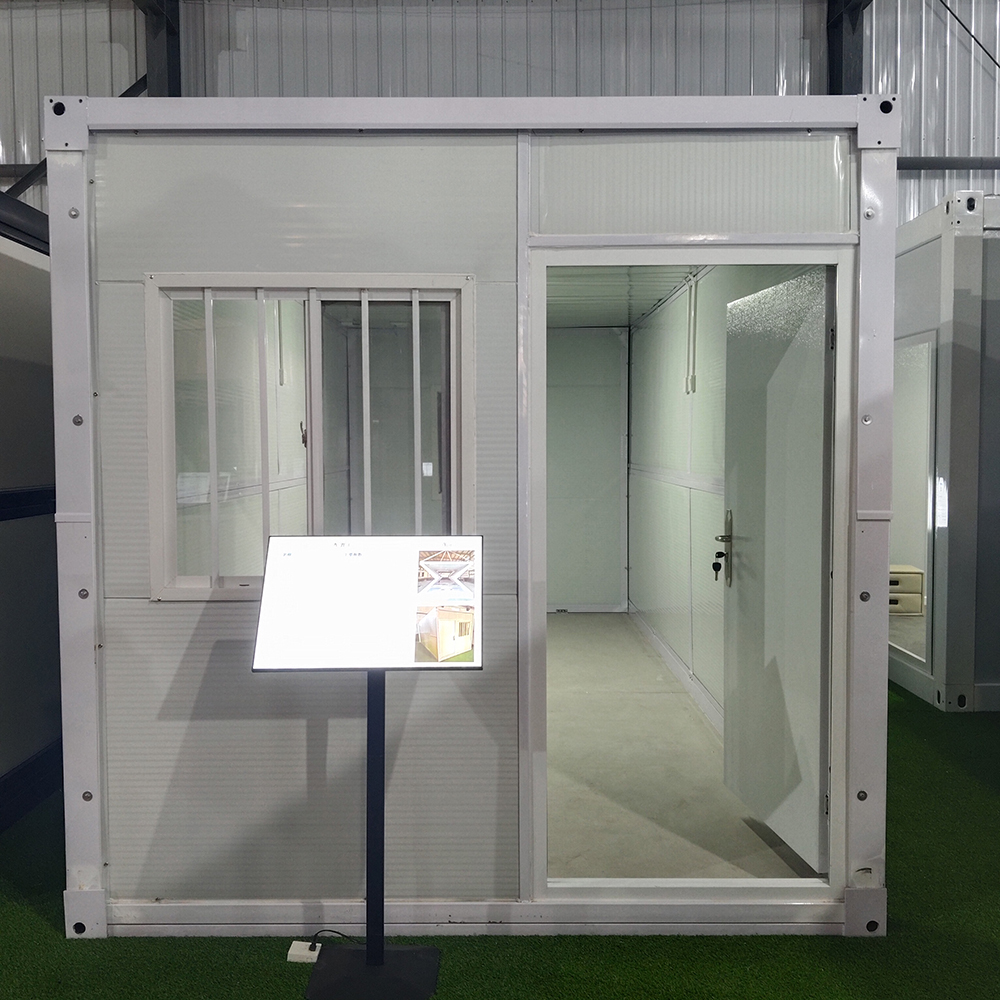 Reasonable Price 1 Bedroom Modular Container House Folding Container Home for Villa or Apartment Use
Reasonable Price 1 Bedroom Modular Container House Folding Container Home for Villa or Apartment Use -
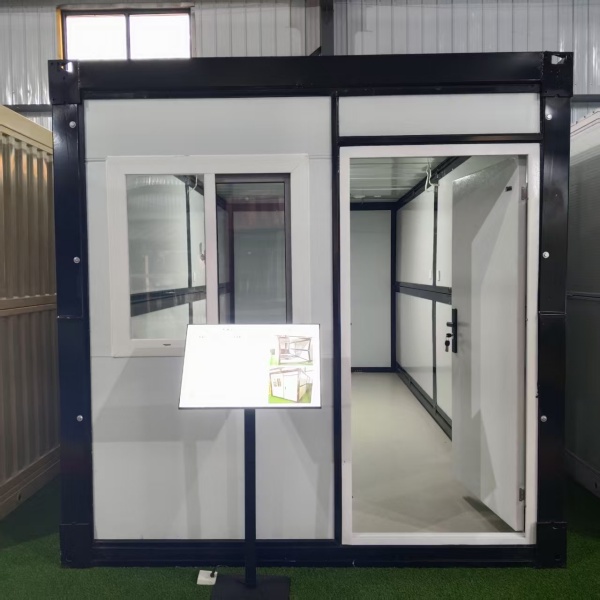 Hot-selling foldable container houses, expandable prefabricated houses, suitable for office or living use, with fast delivery.
Hot-selling foldable container houses, expandable prefabricated houses, suitable for office or living use, with fast delivery. -
 Customized Expandable Container House Holiday Home Folding Prefab Container House with Bathroom and Kitchen
Customized Expandable Container House Holiday Home Folding Prefab Container House with Bathroom and Kitchen -
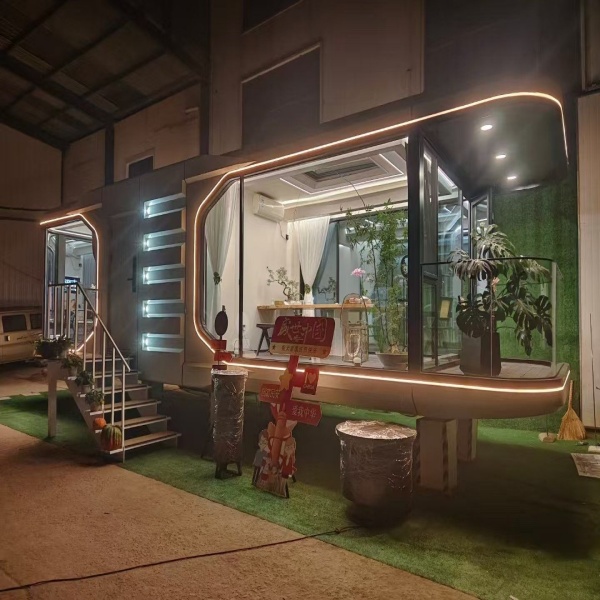 Outdoor ecological capsule rooms, luxury pods, space capsule hotel rooms, prefabricated space capsules, container houses
Outdoor ecological capsule rooms, luxury pods, space capsule hotel rooms, prefabricated space capsules, container houses -
 Good Quality Modular Homes Prefabricated House Expandable Container House 20FT Mobile Flat Roof House
Good Quality Modular Homes Prefabricated House Expandable Container House 20FT Mobile Flat Roof House -
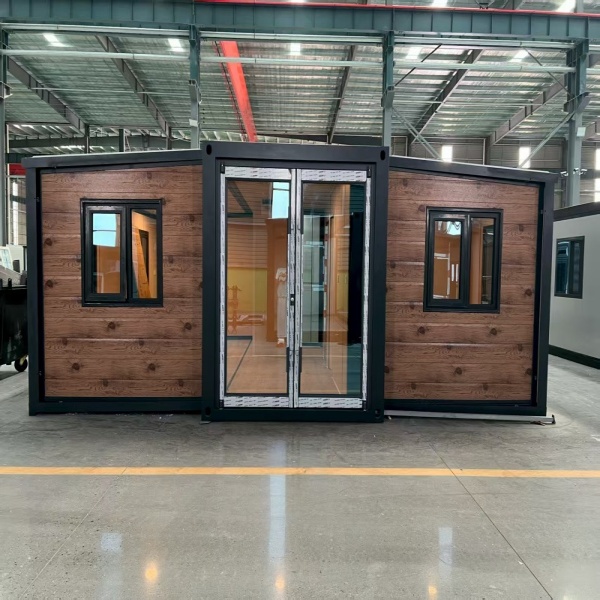 The foldable container house with side wing design can be quickly set up and is suitable for various environments.
The foldable container house with side wing design can be quickly set up and is suitable for various environments. -
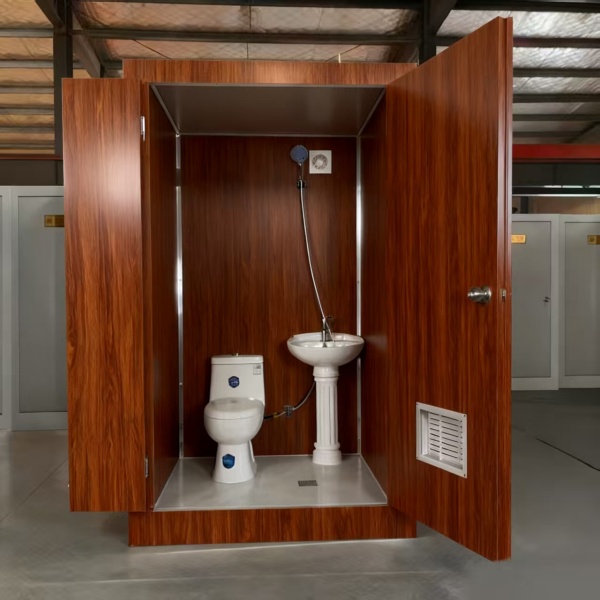 Portable outdoor camping bathroom, mobile toilet, prefabricated modular villa & rental of outdoor and indoor showers
Portable outdoor camping bathroom, mobile toilet, prefabricated modular villa & rental of outdoor and indoor showers -
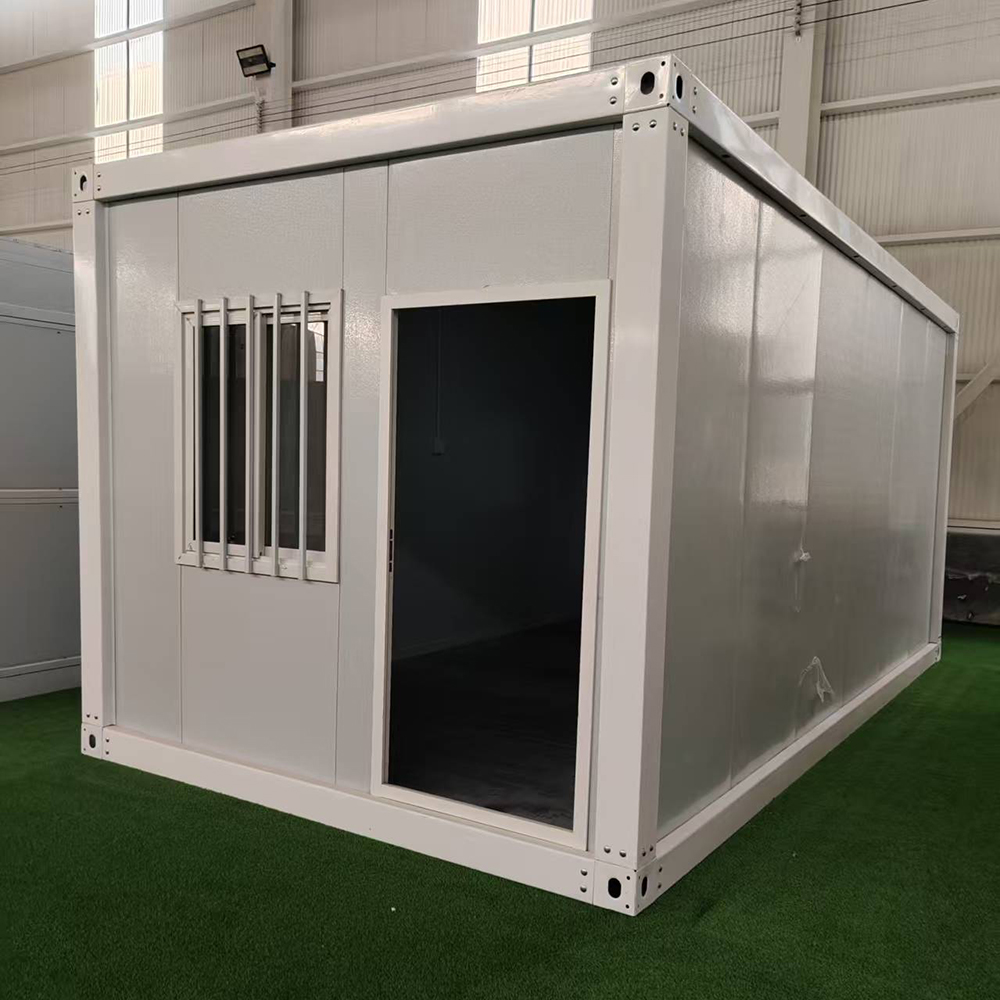 Folding Container Moving House Modular Office Container House Prefab Container for Outdoor Use
Folding Container Moving House Modular Office Container House Prefab Container for Outdoor Use -
 Luxury Foldable Two Story Container House for Glamping Resort and Villa Hotel
Luxury Foldable Two Story Container House for Glamping Resort and Villa Hotel -
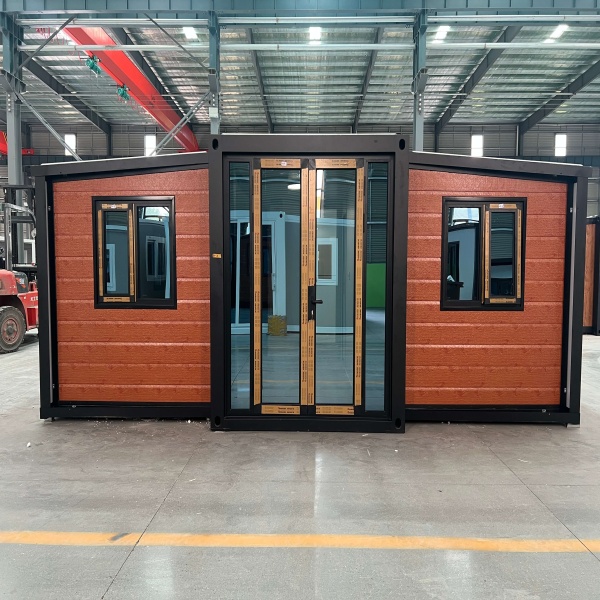 High-quality Double-wing Folding Container House with Doors and Windows, Insulated Walls, Suitable for Various Scenarios.
High-quality Double-wing Folding Container House with Doors and Windows, Insulated Walls, Suitable for Various Scenarios. -
 Movable Prefabricated Container House Villas Modular Portable Homes 1 Bedroom Container House Offices Apartments
Movable Prefabricated Container House Villas Modular Portable Homes 1 Bedroom Container House Offices Apartments
Related search
Related search- China musk folding house
- fold out homes for sale
- Buy apple cabin modular house
- China prefabricated containers house 20ft
- madi folding house
- Buy modular container house prefab tiny home house
- Buy a frame folding house
- Buy foldable tiny home house expandable container casa
- China portable fold out container house
- apple mountain cabins









